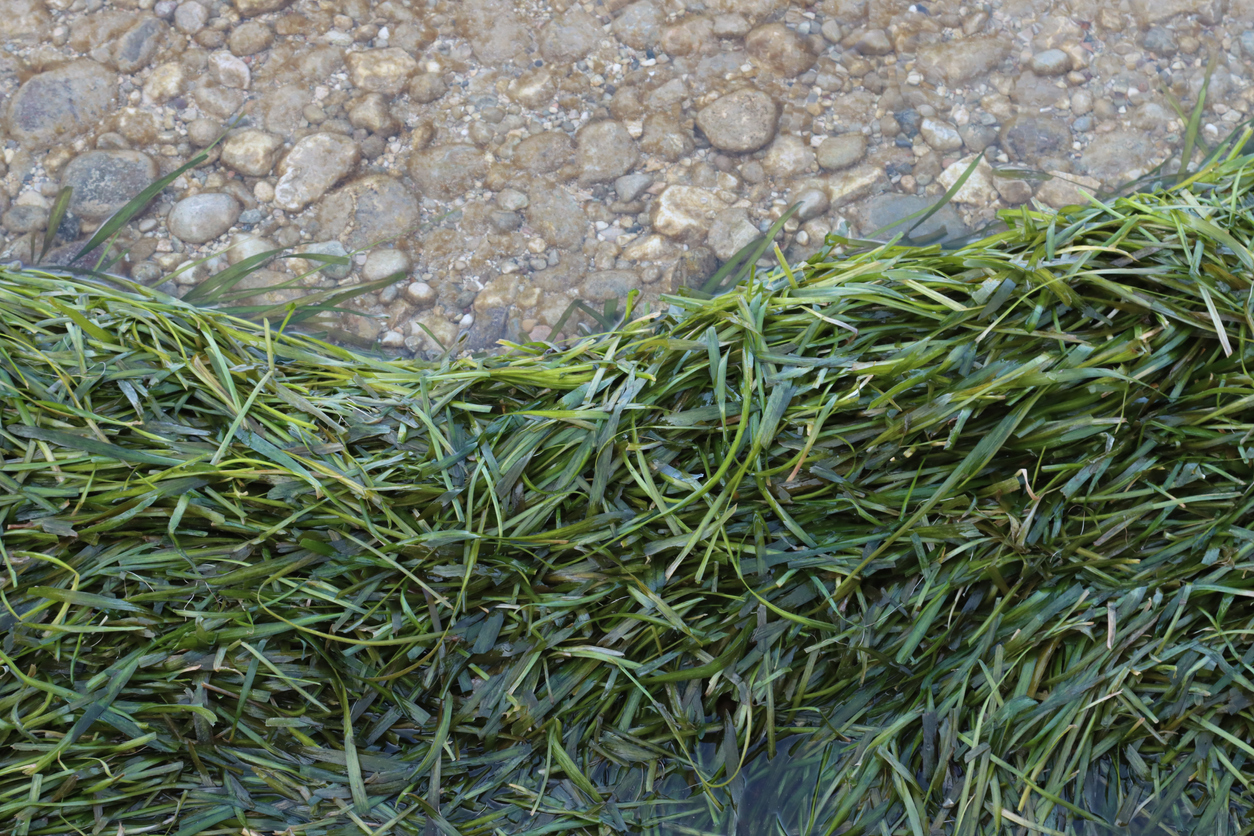Just like on land, there are different types of vegetation that may be growing in a lake. Some are good, and others are bad. Depending on the plant, you may immediately recognize it as either a problem or something beneficial. If you aren’t already familiar with the plant, this can be more difficult, so here’s a general guide you can follow.
Find out more about cleaning lakefronts in Orlando
Emergent Vegetation
Emergent vegetation has its roots in the lake bed, but the plant itself rises up out of the water. These types of plants are often very beneficial for lakes as they help keep the shoreline stable and protect it from wind erosion. However, certain plants can be harmful and are invasive species that you should be sure to keep under control.
If left uncontrolled, any emergent vegetation (good or bad) will likely get out of control and become a problem. However, as long as you stay on top of it and don’t let it take over, emergent vegetation is generally alright.
Floating Vegetation
When plants are floating on the surface of the water, they’re referred to as floating vegetation. Although this isn’t a very large category, floating vegetation tends to grow very thick and won’t limit itself to the depth of the water. As the plants grow and become longer and longer, they’ll fill up the lake until oxygen is cut off from any plant or fish below.
Since floating vegetation has the ability to completely cut off the oxygen to organisms that live below water, this is generally the worst type of vegetation. It should be treated and taken care of immediately so as to prevent it from hurting the rest of the lake’s ecosystem.
Submerged Vegetation
The opposite of floating vegetation, submerged vegetation is primarily under the water. Their roots are in the lake bed, but they may grow upwards and have leaves that float just below or on the water’s surface.
Submerged vegetation is a great food source for some fish, but you should keep it under control. Try to make sure 20% or less of your lake is submerged vegetation.
Algae
Just about every body of water will have some algae and some point. Some algae are used for food by fish that may live in the lake, but other types of algae may be toxic and harmful to the environment. Algae can also quickly grow out of control.
While algae may not be a problem in and of itself, it can become a problem. Algae that isn’t kept in check can grow to cover the lake surface just like floating vegetation can. This prevents sunlight from reaching other organisms in the lake. Algae can also start to cut off and deplete the oxygen in a lake, which will end up killing other fish and plants.
Non-Native Vegetation
Non-native vegetation will almost always cause problems. If it does grow in or around your lake, it will likely become an invasive species and take over. Non-native vegetation can hurt native species of plants and fish, so you should never introduce non-native species to the area.
Conclusion
Ultimately, there are both pros and cons to all types of vegetation. You may like how certain plants look around your lake or decide they’re a hassle to take care of. What’s important, though, is that you keep a close eye on the vegetation that grows so that you can prevent it from becoming a problem.
Living by or owning a lake of any sort involves a certain level of maintenance that many people don’t realize right away. Without the proper care, a lake will quickly become overrun with vegetation, especially if there are any invasive species in the area. By ensuring that mostly good vegetation lives in your lake, you can reduce the risk of your lake being overrun.

